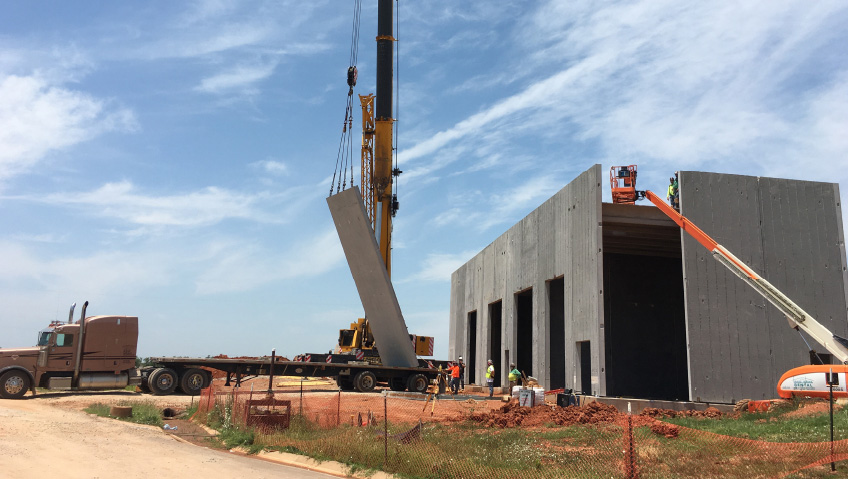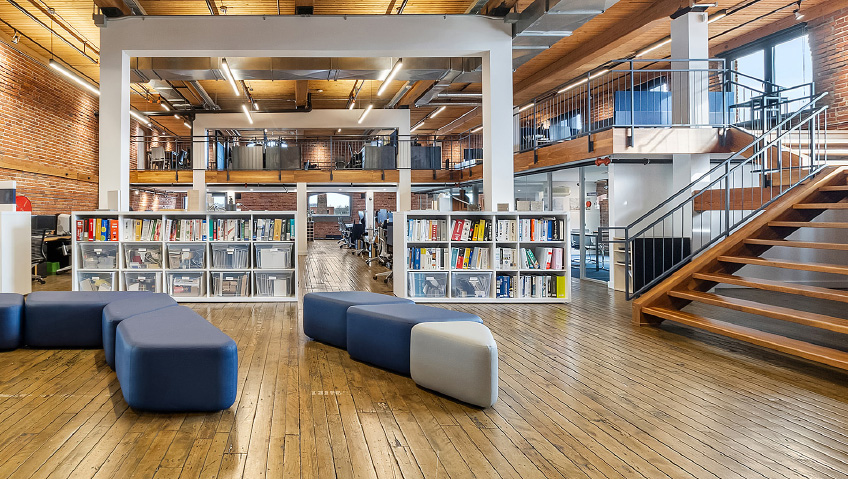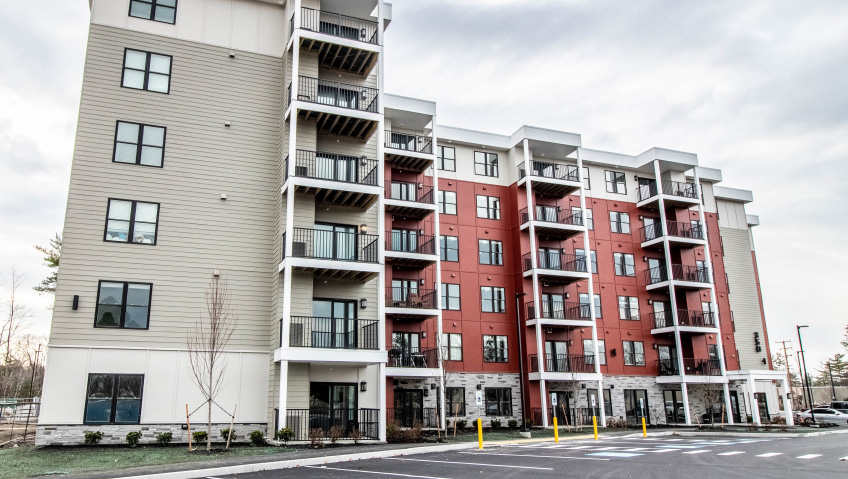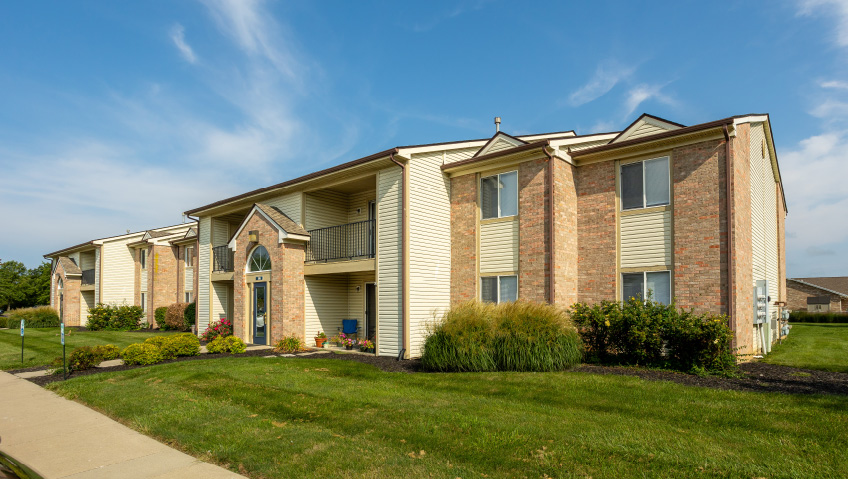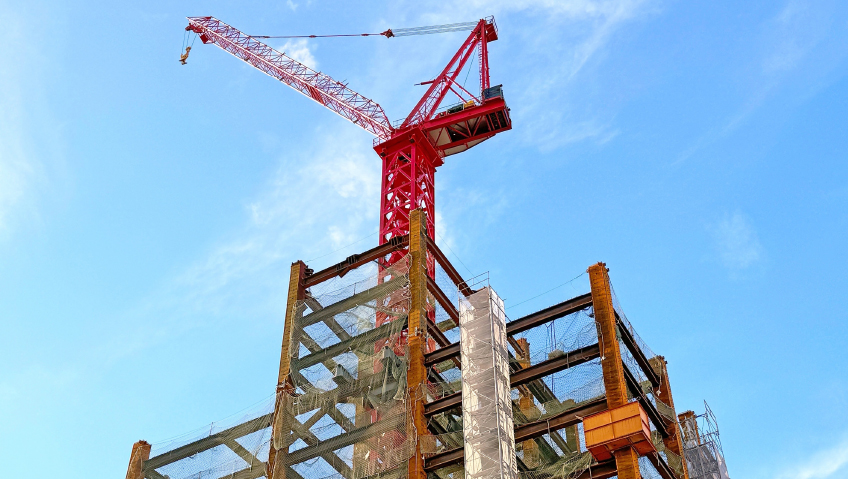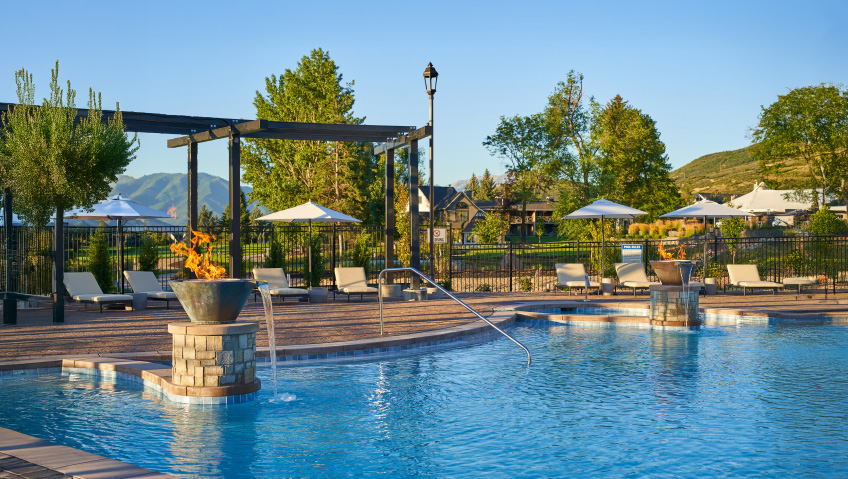Coreslab Structures (OKLA) Inc. has made a name for itself as a premier supplier of structural and architectural Precast Concrete products and solutions for more than 40 years.
A pioneer in the precast concrete sector, Coreslab Structures (OKLA) Inc. is renowned for its structural and architectural know-how, building innovation, and dedication to environmentally friendly business practices. With 17 sites across North America, Coreslab’s team of engineers, precast specialists, quality assurance specialists, and project managers guide the precast concrete design, construction, and installation process, ensuring exemplary service through broad expertise and experience.
The company’s projects include hotels, tornado shelters and safe rooms, parking garages, bridges, commercial buildings, education facilities, and more. In the past decade, Coreslab Structures (OKLA) Inc. has also completed 13 water treatment or wastewater treatment projects, primarily in the state of Oklahoma, which are the kind of projects eminently suited to the dependability, reliability, functionality, and economical solutions that precast concrete provides.
Certainly, precast concrete is a very adaptable product, quickly constructed, and yet strong enough to withstand tornadoes. But precast concrete sandwich panels with insulation can also provide a high R-value (the measure of a material’s insulating ability). This high R-value means that precast walls can be utilized without necessitating additional costly fireproofing or insulation.
Project Consultant Coleman Harrison outlines an additional benefit of precast: “In 2012 we manufactured and erected a total Precast Concrete water treatment facility in Broken Arrow, by Tulsa, and what sold them on precast concrete for that project was that they had a really long span inside the water treatment plant and we were able to provide Precast Prestressed Concrete Double Tees that spanned 127 feet,” he explains.
“That turned out to clear-span the entire center bay of the Membrane Building so they didn’t have additional columns and beamlines interrupting the workings of the mechanics inside the water treatment plant. That was a big selling point.”
Due to the critical infrastructure provided by plants for water or wastewater treatment, Coreslab Structures (OKLA) Inc. encourages clients to build them to FEMA or ICC 500 standards that can withstand direct hits from an EF5 tornado. While this is still a work in progress, along the way Coreslab has been able to incorporate some additional reinforcing and connections to beef up the structures, making them stronger than what is typically required by code.
“At the front end of these projects, some municipalities have done things in a certain way for many years,” says Harrison. “We’ve been slowly chipping away. Most of the water treatment plants had massive amounts of CMU (Concrete Masonry Units) and steel in them, and now we’ve finally worked our way to where most of the projects are coming in as total precast above grade on the larger structures, because municipalities know how quickly they go up.”
By way of design conversations and discussions held over the years with Coreslab, municipalities are gradually coming around to eliminating many of their old practices and becoming much more receptive to doing total precast structures above grade.
“What helped turn them around is the added value they get from the precast, prestressed members,” says Sean Morris, Engineering Manager. “We’re having to design the members to strip out of the forms without breaking or cracking; having to store them without cracking them; having to load them in trailers and ship them without cracking them,” he explains. “And then we need to hook them up to a crane at the job site and roll them over in the air or trip them in the air during erection. There are actually greater forces acting on the members during all those phases than they’re designed for in place.”
This means Coreslab’s design must ensure that the member doesn’t crack or fail during any of those other phases.
“The owner is actually getting added value out of the structural members that we make the building out of because we automatically exceed the standards they require of us,” says Morris. The structure is thus even more stormproof than it has to be by default.
“That’s important to these clients, as well as the fact that precast construction makes the smallest footprint at the job site. And with precast, we also have the shortest construction schedule of any construction type that I know of.”
Those factors all signal the welcome news of money saved for the owners, particularly with water treatment plants, as the cost of the building is but a fraction of the cost of the pieces of equipment inside.
“They are amazing, intricate machines and their owners want to protect them,” Morris says. “One of the treatment centres we worked on serviced 50 percent of the water needs of the entire city of Oklahoma City, so you really want to make sure that it’s going to function when a tornado or a major storm hits, that you’re not out of commission because the building fell down on top of the equipment.”
Along with the strength and stability, another major selling point for precast is the speed with which it’s erected, says Harrison. With components manufactured at the plant—instead of everything constructed out in the field, under field conditions—Coreslab Structures (OKLA) Inc. produces most of its products under one roof in a 150,000-square-foot facility, making conditions easier to control. Once the foundations or retaining walls are done, Coreslab moves in and starts erecting.
“The other major advantage that the precast, prestressed concrete members provide is the use of significantly less concrete for the span lengths we have to achieve compared to cast-in-place concrete or even post-tensioned concrete,” says Morris. “Because of their extremely thin shell concrete shapes, and because of the prestress forces we are able to apply to them, the Prestressed Precast Concrete Double Tee is a very efficient structural shape for the concrete to be cast into.”
This remarkable efficiency translates into many fewer cubic yards of concrete for each project, and the prestressing also allows a large reduction in the amount of mild reinforcing or rebar required.
“For each job, our carbon footprint is significantly less than it would be if it was cast in place,” Morris adds. “Also, the steel production that creates the rebar is inherently not good for the environment. The less rebar you use, the less of a carbon footprint. Both of these are wins for precast, prestress members.”
Coreslab aims to prestress many of its products for that very reason, he says, adding that there is actually a financial incentive for pre-casters to use prestress strands instead of conventionally reinforcing precast members with rebar.
“We can do it either way, but there’s an incentive to use prestress strands because the material costs of the actual strand are less than the cost of rebar per linear foot. Utilizing the prestress strand to prestress the concrete means it doesn’t require any of the additional reinforcing that would be needed without the prestressing. So there are a lot of advantages.”
Modifications or damage to a cast-in-place post-tensioned concrete member can actually cause a significant and sudden failure of the member. If a post-tensioned tendon is cut, the tendon can rip out of the concrete and buggy whip, causing severe damage and potentially, serious injury. On the other hand, if using plant precast, prestressed concrete members, from a plant-controlled environment, continuously bonded prestressed stands are utilized.
“If someone were to cut through one of those strands in the middle, or at the end, or anywhere along the length of the member, the structural capacity would be smaller for the member,” Morris explains, “but there’d be no catastrophic or sudden failure. In some cases, there is enough redundancy that if somebody were to cut through one or even two strands in certain locations of the member, it may still be structurally adequate to do the job as is.”
While the COVID pandemic and the inflation of material costs have caused numerous challenges for the company, and the industry as a whole, over the past few years, Coreslab has managed to weather the storm.
“Our business is such that we sell a job and then it’s actually erected maybe a year or two later,” says Morris. “When you have significant increases in material and labour costs over a very short period, it tends to make you underestimate some projects for at least a year or two. Luckily, we weren’t upside down on projects.”
Coreslab not only stayed busy but stayed in the black the whole time—a “major accomplishment,” adds Morris—all the while maintaining strong relationships with its customers. And it’s those clients that the company will continue to focus on.
“We’ve carved out a specialized niche for ourselves in the industry that not a lot of other pre-casters are familiar with, particularly when it comes to tornado shelters,” Morris shares. The company erects numerous tornado shelters and is thoroughly familiar with ICC 500 compliance for structures that may or may not be designated as actual storm shelter 500s, as well as being expert in all the complexities of creating a full-blown FEMA shelter.
“We’re capitalizing on that by offering clients structures that will be resilient in all the unpredictable weather patterns that the future holds for them,” says Morris.
Many of the company’s clients are looking at data centres in the south-central United States where land is available and inexpensive, but they still have to face concerns about the chance of tornado strikes that could put servers out of commission. Having hardened data centres (and hardened structures in general) is ideal, and Coreslab is also looking into incorporating tornado-proof residential construction, allowing everyday people to have their entire house made tornado-proof with the use of precast.
This attention to customer care runs throughout the company’s mandate, starting with front-end assistance given to sales, estimating, drafting, and engineering staff to glean a better idea of what customers are looking for, even when they’re in the schematic or design development stage. “We know that it’s public money, and we have to go out to bid,” says Harrison. “We’re not assured of the project, but we want to assure that it stays precast,” he emphasizes.
“So it’s in our favour, and it’s in our customers’ favour, for them to get that front-end assistance. We can help them out on sizes and maybe help them tweak dimensions to make it a little more friendly in production and also cheaper for the customer.”
Certainly, Coreslab Structures (OKLA) Inc. understands its field well. By going above and beyond, the company is helping its customers to future-proof their buildings for whatever may lie ahead.

